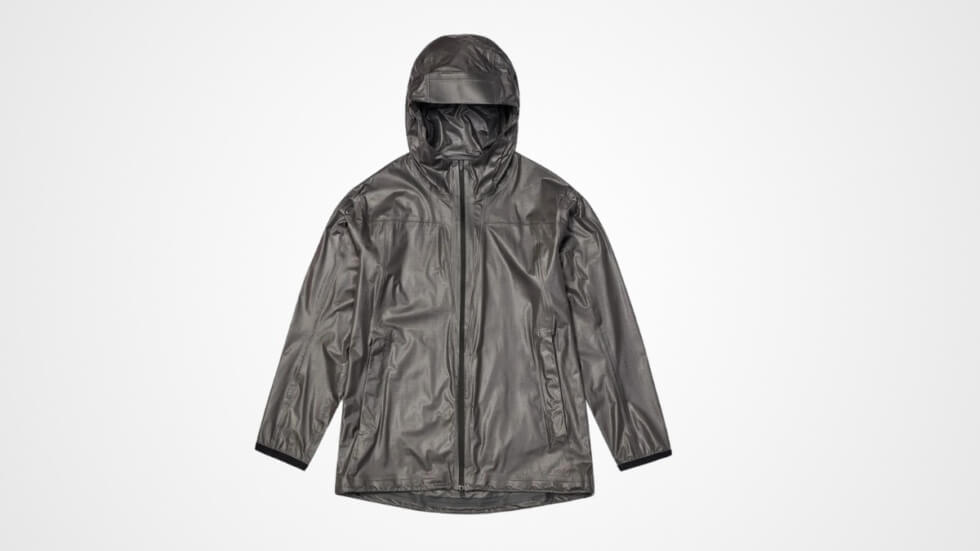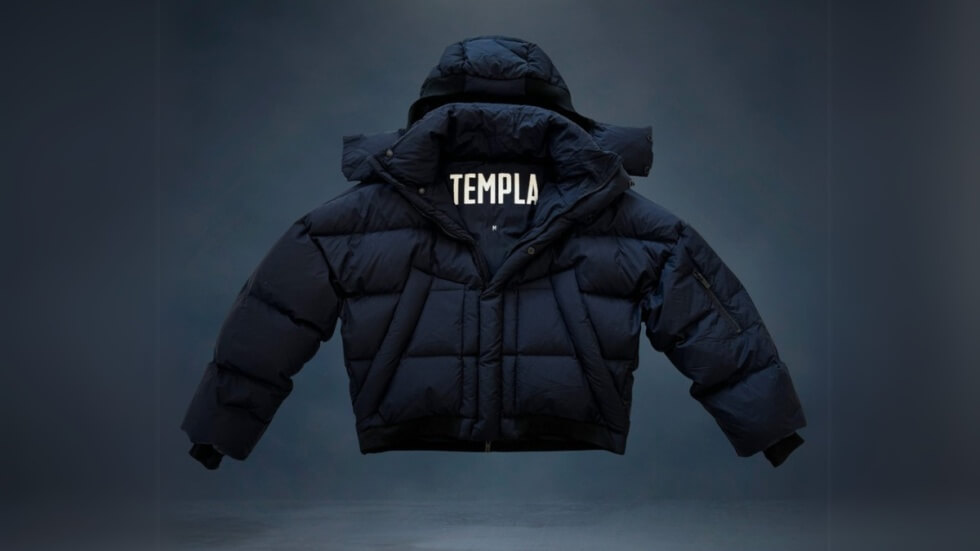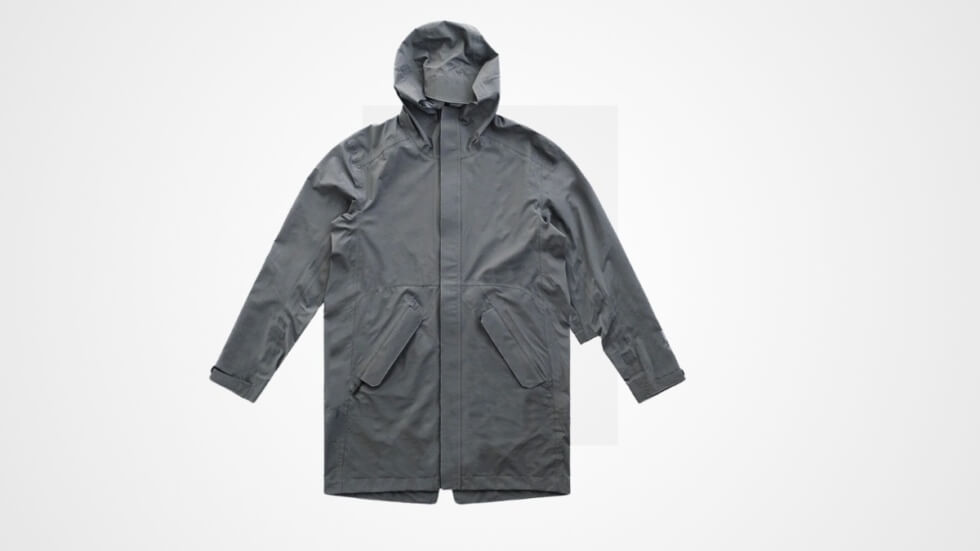Parka
Made by the Caribou Inuits to withstand arctic climates, the parka is a hooded garment that was originally made using caribou or seal skin. Today, the parka’s variations are more often seen with some kind of insulated filling and forgo the traditional animal skins for various kinds of woven fabrics. Anoraks, though also hooded, are slightly different and can be distinguished by their pullover style. That said, sometimes the term is used interchangeably.
SHOP NOW
Bomber (or Flight) Jacket
Bomber jackets were originally produced during WWI for military pilots to withstand the frigid temperatures at altitude, a real concern especially considering the open cockpits of the day. Often, it would be made from leather and/or shearling and feature high collars, snug cuffs and hems. Today its iterations include the flight jacket (its original name) and varsity jacket, among others.
SHOP NOW
Overcoat
The overcoat category of outerwear has its many subsets, but in general, the style is longer, extending past the knees, is made from a heavy fabric such as melton wool and worn as the outermost layer, often over another lighter jacket. Topcoats, on the other hand, are made from lighter fabrics and do not extend beyond the knees.
SHOP NOW
Waxed Canvas Jacket
Waxed canvas jackets are water-repellent, making them great for unsavory conditions (like snow or sleet or sludge, aka whatever it is you call what just fell from the sky). Flannel-lined options Flint and Tinder’s flagship style offer the warmth you’d otherwise find in woolen or insulated jackets.
SHOP NOW
Trench Coat
First invented during World War I, the trench coat replaced heavy serge jackets worn by soldiers. Both Burberry and Aquascutum lay claim to the coat’s invention and are still the go-to brands for the style. Early trench coats were made from khaki-colored cloth of either gabardine, twill, or poplin, and featured below-the-knee length, a double breast with 10 buttons, raglan sleeves, epaulets, a storm flap, buttoned pockets and a belt at the waist.
Today, the trench coat can be seen pared down and done up in various iterations. Perhaps the most distinguishing factors for the style are its cloth and length.
SHOP NOW
Puffer Jacket
Eddie Bauer designed the first puffer, the Skyliner, in 1936 after he nearly froze to death on a fishing trip. Like sleeping bags, his padded jackets insulated the wearer, trapping in heat, and keeping them warm (and in Eddie’s case alive). A few decades later the style made its way into the fashion sphere, courtesy of womenswear designer Norma Kamali (with her Sleeping Bag Coat) and luxury label Moncler (with its colorful Alpine coats).
Nowadays the style’s everywhere: hidden in collab collections between Drake and Nike, worn like a uniform by British rappers, and trusted by every college-aged adult in America living on a campus where even the cold can’t stop the party.
SHOP NOW
Down Jacket
Down jackets come in all manner of forms and can even be seen in some the other styles on this list. Down originally was made using goose down feathers but are often seen today in synthetic materials such as polyester. Down jackets often are constructed in some sort of quilted or channeled stitching to keep the filling evenly spread throughout the coat as it can be prone to clumping without it.
SHOP NOW
Peacoat
The peacoat has origins with the Dutch — its name likely comes from the term pijjakker— and it became popular sailors from the Netherlands, Great Britain and the United States. Made from a dense and heavy, woolen fabric, the short jacket style features a wide lapel with an eight- or ten-button double breast front and hand pockets. It was cut short with a flared bottom to increase range of motion, vital for carrying out orders on deck. And, the wide lapel provided much-needed protection from the elements when stood up.Of course, the coat moved on from its naval roots in the 1800s but is just as functional today. Its common fare in your local surplus store, but there are just as many modern interpretations.
SHOP NOW
This content is created and maintained by a third party, and imported onto this page to help users provide their email addresses. You may be able to find more information about this and similar content at piano.io



